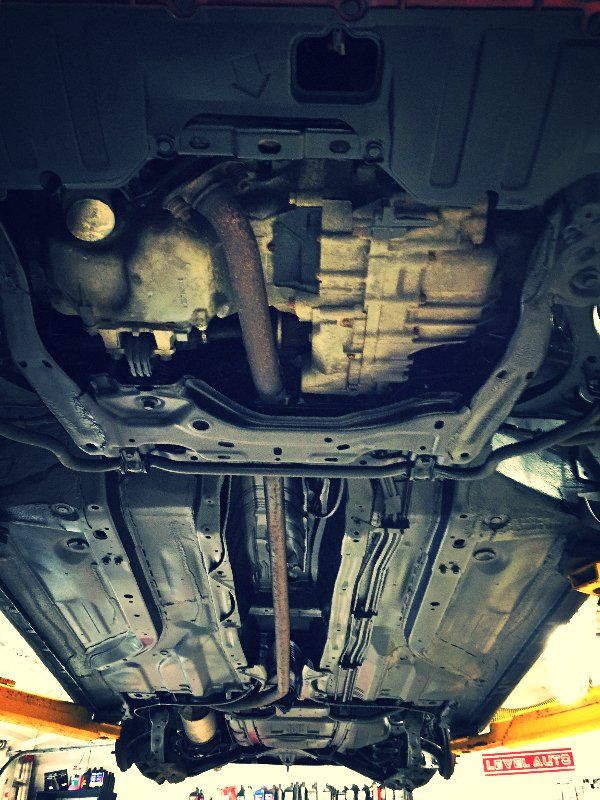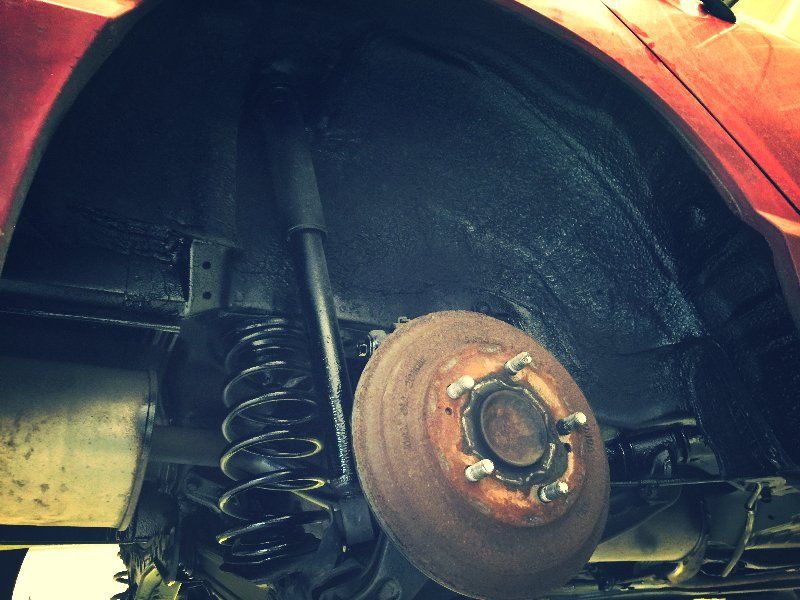Undercoating
starting from $350
Book AppointmentWhat does undercoating do?
Undercoating is a protective layer that is applied to the underbody of a car where the parts are not coated with a protective layer of paint. Since the underbody of a car is more often exposed to the elements of the road, many drivers choose to add that layer of protection, which is like a paint job for underneath the vehicle. Although some vehicles already have a rust protection coating on these parts, and undercoating gives an extra measure of protection to these parts from damage and rust. The other added benefit of undercoating is that it provides a car with a sound dampener that makes operating the vehicle much quieter on the road.
Rust Proof vs. Undercoating
DRIP OIL SPRAY
★☆☆☆☆
Because of it's watery viscosity, drip oil spray when subjected to warmer weather can drip. This can be messy, dripping for days afterward, potentially leaving stains and damaging expensive driveways. In most cases, drip oil spray washes away and leaves your vehicle unprotected. This type of rust proofing tends to swell up rubber bushings, seals, and door seals.
DRIPLESS OIL SPRAY
★★☆☆☆
Dripless rust proofing uses a thick wax-like spray which is cleaner, avoiding the majority of dripping afterward (but it can still drip under high heat). Dripless oil spray is also easy to wash away because of its non adhesive spray properties. Just like drip oil spray, this type of rust proofing tends to swell up rubber bushings, seals, and door seals.
RUBBERIZED UNDERCOATING
★★★★★
Rubberized undercoating forms a hard, textured finish that helps prevent chipping and abrasions caused by stones and debris while inhibiting the development of rust. We highly recommend this form of rust proofing because it:
- Remains permanently bonded with the vehicle's surface in as little as 30 minutes
- Seals out oxygen from the surface under the rubber coating to prevent the further spread of rust in older vehicles
- Provides sound and vibration deadening
- Leaves your vehicle's under body with a premium finish
How often should undercoating be performed?
- Every two years or upon inspection




